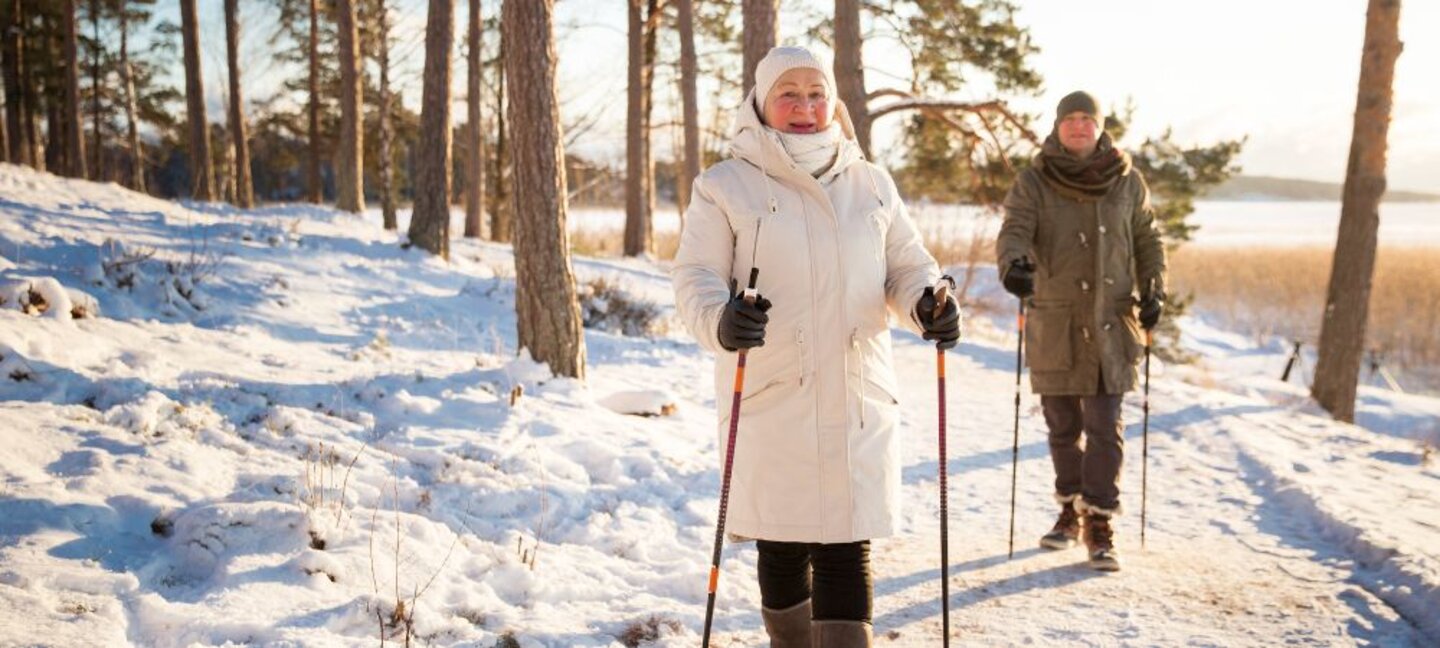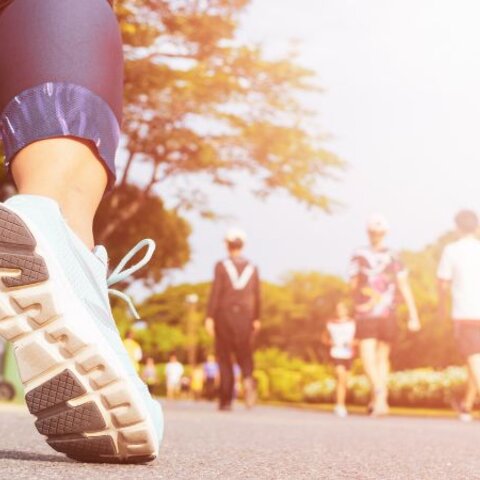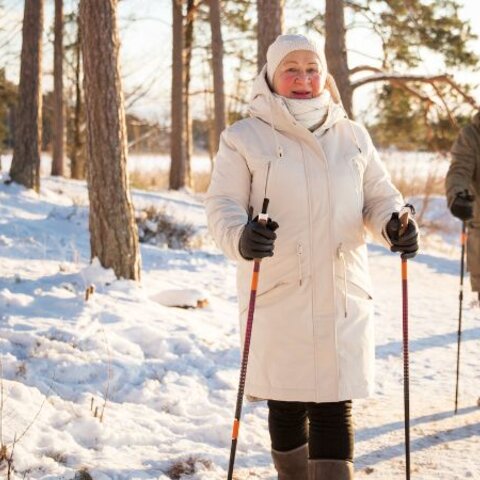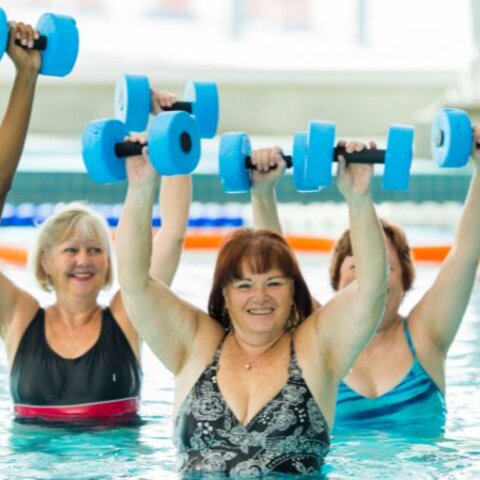
Incorporating regular physical activity is essential for older adults to take care of their health. Physical activity can improve mood and sleep, lower risk of disease, and help to decrease pain. During the winter months, older adults are less likely to get the recommended 150 minutes per week of moderate intensity activity. Read on to discover tips to stay active this winter.
- Schedule a time each day to move. We're more likely to stay active if we create a schedule. Aim for 30 minutes of physical activity at least five days per week. Choose a time of day and stick to your schedule to help you stay moving throughout the winter.
- Bundle up and get outdoors! With the proper clothes and shoes, bundling up can help you to get outside and move. Take a walk around your neighborhood, and consider asking a friend or neighbor to walk with you. On exceptionally cold days, consider walking your local mall to get your steps in while staying warm.
- Find a video online to help you safely exercise indoors. Use the internet to get ideas for at-home workouts. If the weather is too cold to go outside or even drive to an indoor space, that doesn't mean you can't get moving in your own home. Check out some at-home workouts and other health tips for older adults.
Bonus tip: Look for videos using resistance bands or at-home weights to take care of your muscle and bone health.
Special Reminders:
- Avoid falls. Sidewalks can be slick in the winter, so try to avoid walking outside when it is icy. When you need to walk over ice, take small, short steps to prevent slips.
- Know your limits! Avoid strenuous labor in the cold. For example, shoveling your driveway. Take breaks when needed or ask for assistance if you need to clear your driveway of snow.
- Vary your physical activity. Keep your activity interesting by changing how you are physically active. Utilize some tips you just learned such as alternating at-home workouts through the help of online videos. For example, discover how to do yoga exercises for beginners by learning about chair yoga.
Sources:
Move More, Mayo Clinic Health System
Physical Activity, Centers for Disease Control and Prevention
This article was written by Jacob Kitchen, UNL Dietetic Intern.






